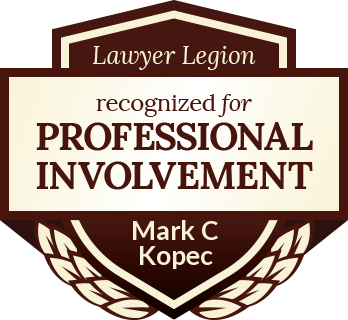Mark Kopec Now
Umbilical Cord Compression
Umbilical Cord Compression: Causes, Treatments, Risks, and Potential Outcomes
Welcome to the Kopec Law Firm’s website page on umbilical cord compression and related problems. Here, we aim to provide you with valuable information about the causes, treatments, risks, and potential outcomes associated with this medical condition. If your child has an injury from umbilical cord compression, there may be medical malpractice and you may have a birth injury claim. Contact Baltimore Umbilical cord compression lawyer Mark Kopec.
Causes
Umbilical cord compression occurs when pressure is applied to the umbilical cord, negatively affecting the flow of oxygen and nutrition to the baby. Several factors can contribute to this condition, specifically:
- Nuchal cord.: This occurs when the umbilical cord becomes wrapped around the baby’s neck.
- Cord prolapse: The umbilical cord slips through the cervix before the baby during labor.
- Cord entanglement: Multiple loops or knots in the umbilical cord can afterward lead to compression.
- Maternal positioning: Certain positions during labor can inadvertently compress the cord.

Treatments for Umbilical Cord Compression
Prompt recognition and appropriate management of umbilical cord compression are crucial to minimize potential harm to the baby. The specific treatment options may vary depending on the severity of the compression and the stage of labor. Some common interventions include:
- Changing maternal position: Adjusting the mother’s position can relieve pressure on the umbilical cord.
- Amnioinfusion: This procedure involves infusing a sterile fluid into the uterus to alleviate cord compression.
- Emergency caesarean section.: In severe cases, an emergency C-section may be necessary to expedite delivery and relieve cord compression.
Risks and Potential Outcomes:
Umbilical cord compression can pose significant risks to the baby if not promptly addressed. Some potential complications and outcomes associated with this condition include:
- Fetal-distress: Insufficient oxygen and nutrition can lead to fetal distress, indicated by poor heart rate patterns.
- Hypoxia: Prolonged cord compression may result in reducing oxygen, consequently leading to brain damage or developmental issues.
- Stillbirth: In rare and severe cases, umbilical cord compression can contribute to fetal demise.
Umbilical cord compression chiefly is a serious medical condition that requires prompt recognition and appropriate management to minimize potential harm to the baby. Understanding the causes, treatments, risks, and potential outcomes associated with this condition can help individuals make informed decisions and seek appropriate medical and legal assistance when necessary.
Next Step: Contact Baltimore Umbilical Cord Compression Lawyer Mark Kopec
If you believe that medical negligence or malpractice caused umbilical cord compression and subsequent harm to your child, then consult with Baltimore umbilical cord compression lawyer Mark Kopec. We can specifically assess the circumstances of your situation and guide you through the legal process.
Visit the free consultation page or video. Then contact the Kopec Law Firm at 800-604-0704 to speak directly with Attorney Mark Kopec. He is a top-rated Baltimore birth injury lawyer. The Kopec Law Firm is in Baltimore and pursues birth injury cases throughout Maryland and Washington, D.C.





